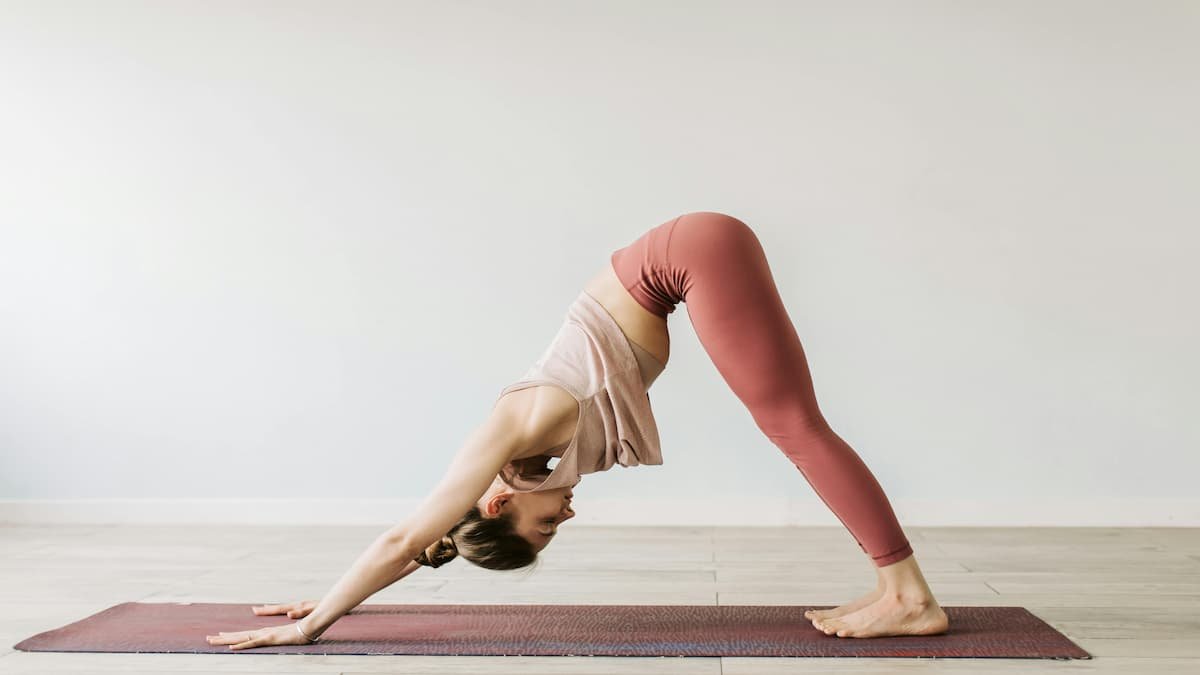Introduction
The discussion surrounding walking vs jogging as an exercise method has been a topic of fascination for individuals passionate about health and fitness. Both activities offer numerous health benefits, but they differ in terms of intensity, impact on the body, and overall effectiveness in achieving specific fitness goals. In this article, we will delve into the intricacies of walking and jogging, exploring their respective advantages, potential drawbacks, and considerations for individuals aiming to enhance their overall well-being through these activities.
Comparative Benefits of Walking
Walking offers a multitude of advantages. Nevertheless, let us examine the distinct benefits of walking that surpass those of jogging.
- Low Impact on Joints:
- Walking is a low-impact exercise that puts minimal stress on the joints, making it suitable for individuals with joint issues or those recovering from injuries.
- It is an excellent option for people of all fitness levels, including beginners and older adults, providing a gentle way to improve cardiovascular health.
- Sustainable for Long Durations:
- Walking is sustainable for longer periods, making it an accessible and realistic exercise for those who prefer a more leisurely pace.
- Longer durations of walking can contribute to calorie expenditure, aiding in weight management and overall fitness.
- Social and Relaxing:
- Walking can be a social activity, fostering connections with friends, family, or pets during a stroll in the park or neighborhood.
- It is often seen as a meditative and stress-relieving exercise, allowing individuals to clear their minds and enjoy the surrounding environment.
Comparative Benefits of Jogging
In a similar vein, let us delve into the unique advantages of jogging that exceed those of walking.
- Higher Caloric Burn:
- Jogging is a higher-intensity exercise compared to walking, leading to a greater caloric burn in a shorter amount of time.
- This makes jogging an efficient option for individuals aiming to lose weight or improve cardiovascular fitness quickly.
- Improved Cardiovascular Health:
- Jogging elevates heart rate and increases oxygen consumption, contributing to improved cardiovascular health.
- Regular jogging can strengthen the heart and lungs, reducing the risk of heart disease and other cardiovascular conditions.
- Enhanced Bone Density:
- Weight-bearing activities like jogging stimulate the development of bone density, reducing the risk of osteoporosis and promoting overall bone health.
Comparison of Calories Burned
The number of calories burned during walking and jogging can vary based on factors such as speed, distance, duration, and individual characteristics like weight and metabolism. Here’s a general comparison based on a person weighing around 155 pounds (70.3 kg) for 30 minutes:
Walking
- Casual walking (2.0 mph): Approximately 149 calories burned.
- Brisk walking (3.5 mph): Approximately 186 calories burned.
- Fast-paced walking (4.5 mph): Approximately 224 calories burned.
Jogging
- Jogging (5 mph): Approximately 298 calories burned.
- Running (6 mph): Approximately 372 calories burned.
- Running (8 mph): Approximately 465 calories burned.
It’s important to note that these estimates are averages and can vary based on individual factors. People with higher body weight will generally burn more calories, and the intensity of the exercise also plays a significant role.
The calorie expenditure during jogging tends to be higher than walking due to the increased intensity and impact on the cardiovascular system. However, walking can still be an effective way to burn calories, particularly when done at a brisk pace or for an extended duration.
For more accurate and personalized estimates, individuals may consider using fitness trackers, heart rate monitors, or consulting with a fitness professional who can take individual factors into account. Additionally, keep in mind that both walking and jogging offer various health benefits beyond calorie burning, such as cardiovascular fitness, improved mood, and overall well-being.
You can refer to this Calorie Calculator for all of your physical activities.
Considerations for Choosing Between Walking and Jogging
- Individual Fitness Levels:
- Beginners or those with pre-existing health conditions may find walking a more suitable starting point before gradually progressing to jogging.
- Advanced fitness enthusiasts may incorporate both walking and jogging into their routines, alternating between the two for a balanced approach.
- Calorie expenditure goals should also be taken into account when deciding between walking and jogging.
- Health and Joint Concerns:
- Individuals with joint problems or those prone to injuries may benefit more from walking to avoid the higher impact associated with jogging.
- Consultation with a healthcare professional or fitness expert is recommended to determine the most appropriate exercise regimen based on individual health considerations.
- Fitness Goals:
- Weight loss, cardiovascular health, and overall fitness goals play a significant role in choosing between walking and jogging.
- Tailoring the exercise routine to align with specific objectives ensures a more effective and enjoyable fitness journey.
Conclusion
Ultimately, whether one chooses walking or jogging depends on individual preferences, fitness levels, and health considerations. Both activities offer unique benefits, and incorporating a combination of both into a well-rounded exercise routine can provide a holistic approach to physical fitness. The key is to find a balance that aligns with personal goals, promotes overall well-being, and can be sustained in the long term. Slow jogging or brisk walking can be a suitable choice for the majority of individuals.
Always ensure the information aligns with your personal health circumstances and consult with a healthcare or fitness professional for personalized advice.



